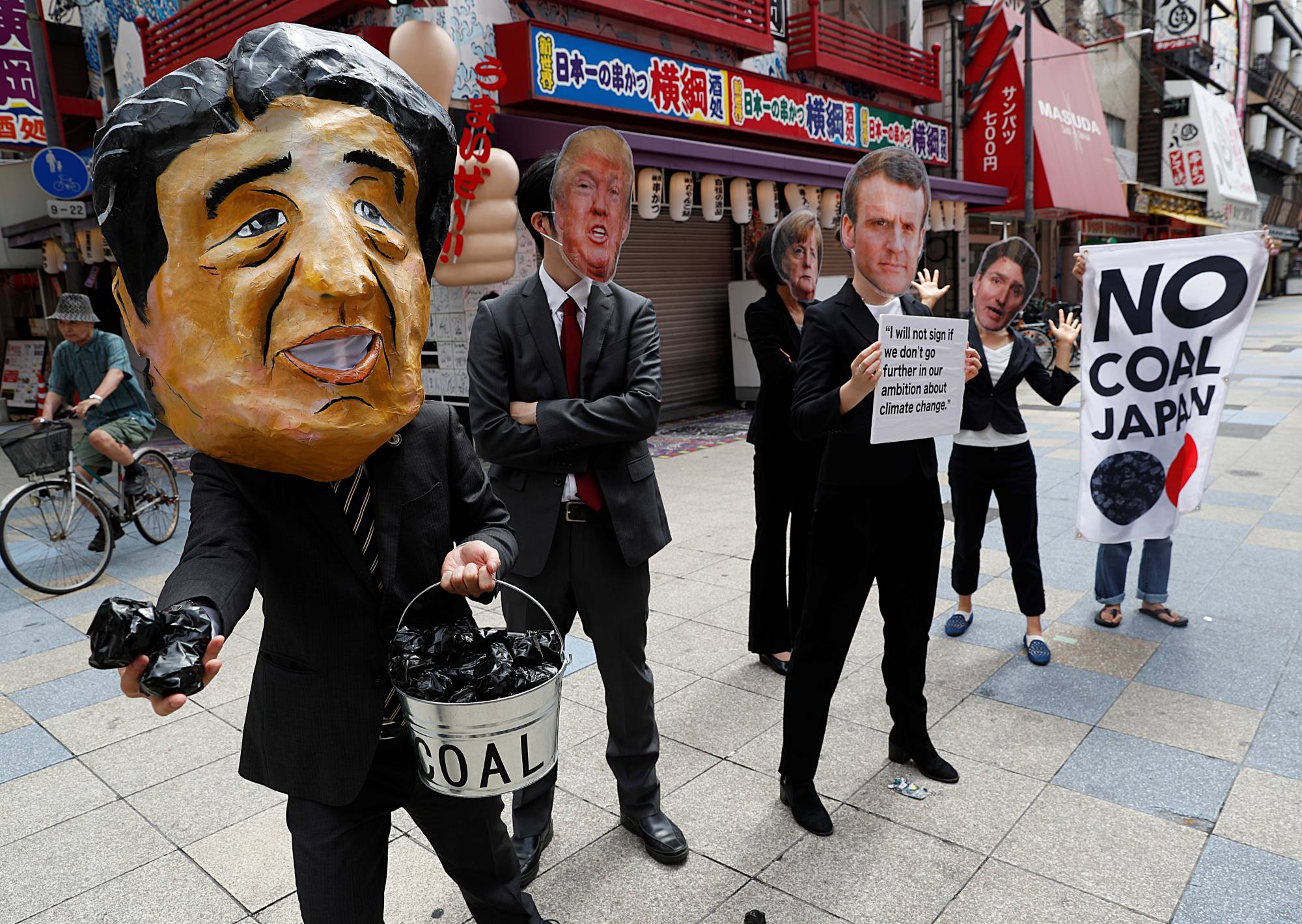Since the start of the COVID-19 pandemic, the Japanese government has provided massive fiscal support, hoping that economic activities would return to normal levels soon. Through providing cash transfers, cheap loans, credit guarantees and tax payment deferrals, public debt is expected to rise by 30 percentage points of GDP to around 270 percent this year. Despite the largest size of public debt globally, long-term yields remain low thanks to the Bank of Japan’s policy to stabilize the 10-year yield at around zero percent and its April announcement of unlimited purchases of government bonds from the secondary market.
While these policy measures are necessary to help to keep the rate of unemployment and the number of bankruptcies well below the levels of the 2008 global financial crisis, the policy discussions lack a long-term vision of transforming Japan to an environmentally sustainable, resilient economy. The lack of green recovery strategies is surprising given that Japan’s total losses and insured losses caused by a series of natural catastrophes, such as typhoons and floods, reached a world record high in 2019.
A lack of a sense of urgency about the related global warming issue is clear from the government’s inability to raise its nationally determined contribution (NDC) target this March despite growing pleas from the United Nations and environmental activists to make it in line with the 2015 Paris climate accord, which calls for keeping the increase in global average temperature to well below 2 degrees Celsius or closer to 1.5 C above pre-industrial levels by the end of this century.


















With your current subscription plan you can comment on stories. However, before writing your first comment, please create a display name in the Profile section of your subscriber account page.